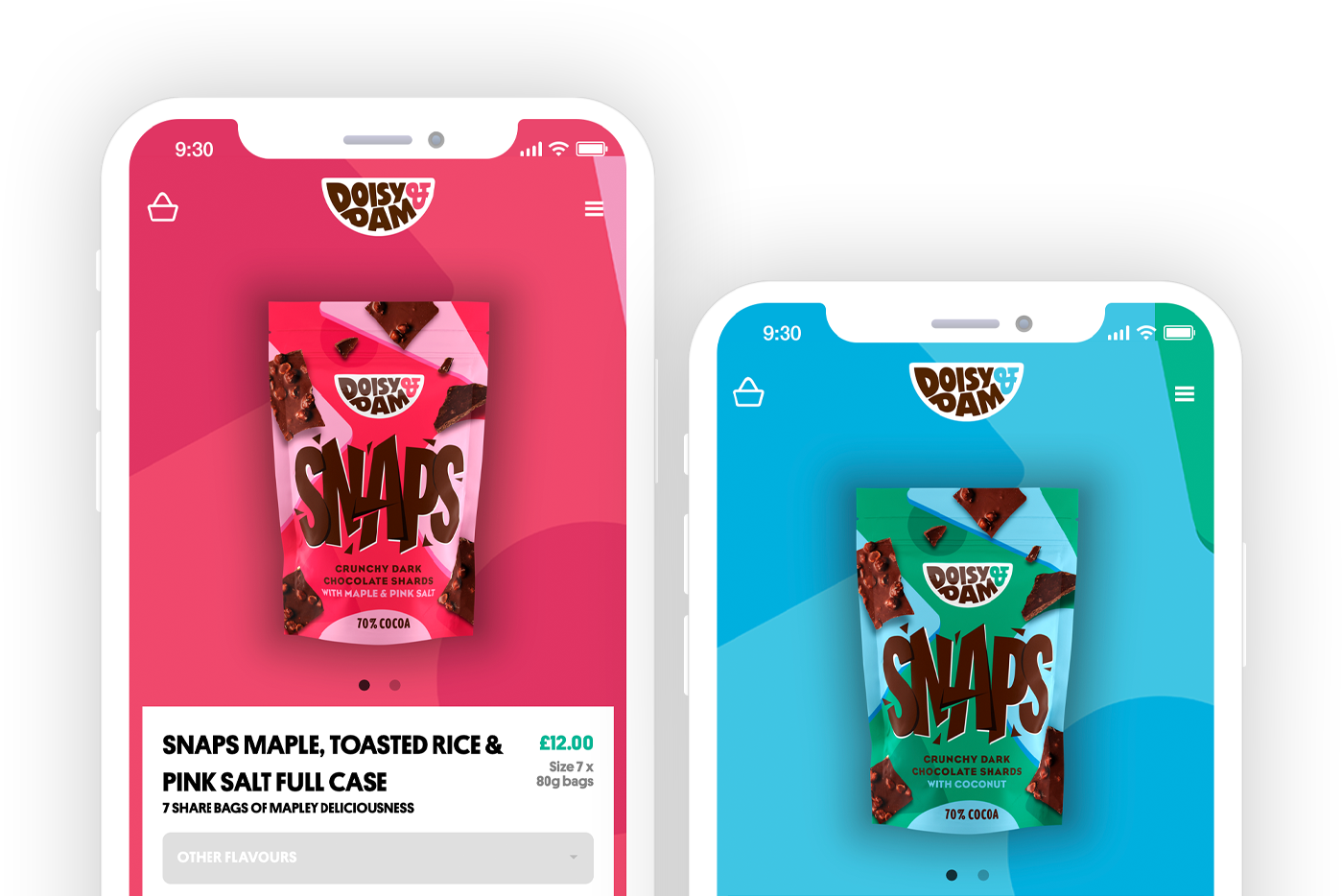Improving the design and usability of your website
First on our guide to business growth through Shopify is design and usability. Testing your website's usability is essential for establishing and enhancing it to increase conversions. Clarity on your positioning and competitive advantages can be gained by understanding the user experience.
One of the top requirements for e-commerce customers is website accessibility. A user-friendly website is essential to giving your customer a satisfying experience. A website is easy to use if it is also simple to view content and purchase from, again, improving conversions rates.
You should work to create a responsive design that is optimized for mobile devices while also ensuring that your website is aesthetically pleasing on desktop and mobile. Planning should go into wireframes and new concepts, as links can be made to improving KPIs on every level. It seems to be a trend that in this modern age, a lot of customer traffic comes from social media such as Instagram, or through brand ambassadors, influencers and influencer marketing. Whatever the niche, these sources from a phone device should be considered to facilitate their process and customer journey.
Ending multi-store mayhem
If you’ve got more than one site or store, you really do spend huge chunks of your day logging in, logging out, and getting different data from different sources.
Shopify only delivers insights on one store at a time via its analytics and reports. Each store has its own account that’s accessed via its admin dashboard. That means you need to view each store individually to check on performance. And to really get the full picture of your business as a whole, it also means downloading and exporting all the data, then collating it somewhere else. If this is the case, then more time is wasted.
There’s another way. Using Juni’s
Shopify integration, you can get a centralised overview of the data for all your Shopify stores and make a huge efficiency saving.
Seeing more Shopify insights
Shopify's native analytics interface is limited in some places, It’s worth having an advanced management platform that extends those reporting capabilities. Having all your Shopify analytics in one dashboard gives you business-wide insights on things like revenue, upcoming payments, and shipping costs. Information that’s useful to know but would take time (and therefore money) to round up from across your business.
Having multi-store performance data — such as orders, basket size, and new vs returning customers — means you easily track performance across all your stores, making it more effective than ever to make strategic decisions to help grow your Shopify store.
Littledata’s Shopify app pulls in data on products that have been removed from the cart, attributes sales to the source of the visit and shows clicks on specific products from lists in your store. Something that Google Analytics would find more difficult.
Spurred on by lockdown, brick-and-mortar coffee business Grind went from $10,000-a-month in ecommerce sales in February 2020 to $500,000-a-month by June. Streamlining data with Littledata was key to that, according to CMO Teddy Robinson.
"The challenge of having to build a data foundation while also building the house (the store) on top of it felt almost like life or death," says Teddy. "We certainly couldn’t have done it without [...] the ability to remain agile at the point where we most needed it". The proof is evident that analytical data and insights have helped others tremendously in everything they do regarding business operations.
Decreasing cart abandonement
Are prospective clients viewing your products but then deciding not to buy them? What if you put them in your shopping basket but never start the checkout process? Or even worse, starting checkout but abandoning it? All of them represent missed chances to generate revenue.
Customized exit pop-ups and abandoned cart emails are two simple ways to begin reclaiming that money.
You should plan a series of emails for abandoned carts that post out 5 to 6 hours after the cart is abandoned. Then, over the course of a few days, they ought to dribble out. To entice clients to return and complete the sale, these emails ought to include a discount code or other type of promotion. An initial, non-customizable email will be sent by Shopify by default. We advise implementing Klaviyo as your email marketing solution because it is capable of handling this work, and building an email list for every type of customer with ease. This method works from all types of products, from tyres to t-shirts, and demographics of every kind.



